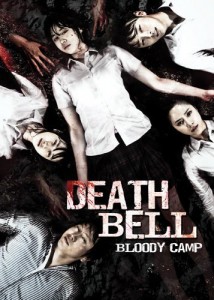
Death Bell DVD (Tokyo Shock)
We’re back with this week’s list of noteworthy Asian and genre-related blu-ray and DVD releases. It’s October, which means it’s horror movie time. Expect a glut of Asian horror releases in the next few weeks if 10/11/11 is anything to go by. Let’s get cracking!
ASIAN CINEMA
Death Bell-Bloody Camp (DVD) – Tokyo Shock presents this 2010 Korean film about a group of students at a prestigious academy who find themselves being bumped off in alarming numbers. This movie is actually a sequel but the original “Death Bell” has not found US distribution as of yet
Dragon Dynasty Triple Feature-Jet Li Collection (blu-ray) – three Jet Li films in hi-definition, courtesy of Dragon Dynasty: The Legend (AKA The Legend of Fong Sai Yuk), Fist of Legend, and Tai Chi Master
Dragon Dynasty Triple Feature-Jet Li Collection (DVD) – the DVD set from Dragon Dynasty features a slightly different set of films: Fist of Legend, The Enforcer (AKA My Father is a Hero), and Tai Chi Master. Be advised that so far Dragon Dynasty has never released “The Enforcer” in subtitled form
Dragon Dynasty Double Feature (DVD) – this two film set features “Legend of the Black Scorpion” with Zhang Ziyi and “An Empress and the Warriors” with Donnie Yen
Laser Mission (DVD) – on October 17th, Amazon will be carrying a Region 0 IMPORT of this much-maligned 1989 film starring Brandon Lee for the low price of $6.99
The Child’s Eye (DVD) -The Pang Brothers give us yet another sequel to “The Eye” with this 2010 Cantonese-language chiller
The Sylvian Experiments (DVD) – this 2010 Japanese horror movie has an obsessive scientist experimenting on her own daughter
Root of Evil (DVD) – curiously enough, Palisades Tartan is re-releasing a few of their previous movies with new titles and cover art; this as the same 2003 Korean horror movie previously released as “Acacia”
Slit-Mouthed Woman (DVD) – this is the same 2007 Japanese horror movie previously released by Tartan as “Carved: The Slit-Mouthed Woman”
Deep Gold (blu-ray/DVD) – delayed from last week, this 2010 Fillipino aquatic-themed action thriller should finally arrive in your hands this Tuesday
Twilight Dinner (DVD) – this 1998 Japanese “pink” film is about sex and vampires, now cleverly packaged to cash-in on the “Twilight” craze
FOREIGN CINEMA
No Reason (DVD) – the tagline for this bloody 2010 German horror movie claims “Sometimes death has no reason”
Blood Curse (DVD) – this is the same 2006 Portuguese-language chiller that Tartan Palisades previously released as “Bad Blood”
Casanova ’75 (blu-ray) – this 1965 Italian comedy about the legendary lothario in modern times arrives on blu-ray courtesy of Lorber Films
Boccaccino ’70 (blu-ray) – Lorber Films also releases this 1962 Italian anthology, featuring vignettes from four directors including Frederico Fellini
MAINSTREAM
Scarface (blu-ray) – Brian DePalma’s 1983 ode to Eighties-style excess finally arrives on blu-ray this week
The Tree of Life (blu-ray + DVD Combo) – the 2011 film from visionary director Terence Malick, starring Brad Pitt and Sean Penn
Green Lantern (blu-ray/DVD) – the 2011 big screen adaptation of the DC Comics’ superhero failed to light up the box office but you can find it on a multiple of home formats this week
Hustler (blu-ray) – this classic 1961 film cast Paul Newman as a pool shark; now on blu-ray
The Four Feathers (blu-ray/DVD) – Criterion releases this 1932 sweeping British adventure film in hi-definition; from the director of the 1942 live-action “Jungle Book”
Last Exit to Brooklyn (blu-ray/DVD) – the 1989 adaptation of Hubert Selby Jr.’s novel, starring Jennifer Jason Leigh and Stephen Baldwin
Incredible Hulk Returns/The Trial of the Incredible Hulk (DVD) – two classic 1980’s TV movies starring Bill Bixby and Lou Ferrigno on one DVD
Arena (DVD) – this direct-to-video action film stars Samuel L. Jackson and “Twilight” alumni Kellan Lutz
Death Before Dishonor/Wanted Dead or Alive (DVD) – these two 80’s guilty pleasure action flicks, featuring Fred Dryer and Rutger Hauer respectively, are collected on one DVD
Lessons For an Assassin (blu-ray) – this 2001 low-budget action movie stars Bruce Lee’s daughter, Shannon Lee
CULT AND HORROR
Bad Seed (blu-ray) – this classic 1956 horror film about a wicked, wicked child finally arrives on hi-definition from Warner Home Video
Maniac Cop (blu-ray) – Synapse Films presents the hi-def release of this 1987 cult classic featuring Bruce Campbell in a supporting role
Dark Night of the Scarecrow (blu-ray) – VCI Entertainment presents a blu-ray release for this legendary horror movie that was originally aired on broadcast TV in 1981
Survive! (DVD) – this 1976 true story shocker involves a Rugby team trying to survive when their plane crashes. The DVD contains the 112-minute uncut Mexican version of the film as well
South of Heaven (DVD) – Synapse Films releases this 2008 tale of vigilante justice and mayhem
Lunapolis (DVD) – this 2009 no-budget science-fiction/thriller has won praise from fans
Maria’s B-Movie Mayhem: Night of the Demon (DVD) – this 1980 horror film follows a group of students trying to locate Bigfoot
The Inner Room (DVD) – this 2010 chiller was shot in Colorado with a cast of two actors
Interested in any of these movies? If so, we hope that you’ll consider ordering from our affiliate to help support this site. Thank you!

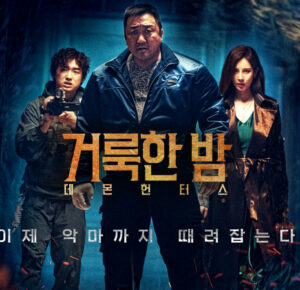
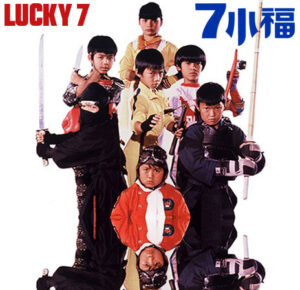
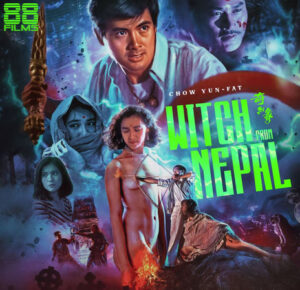
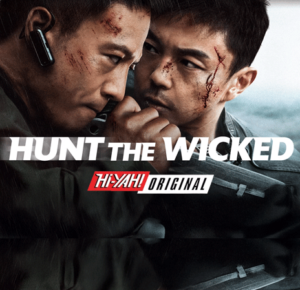
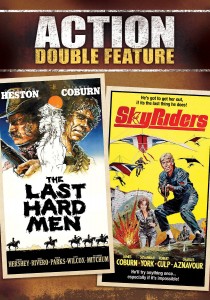
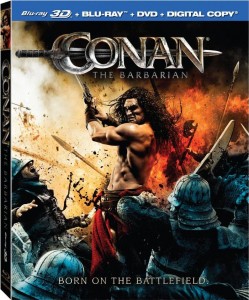
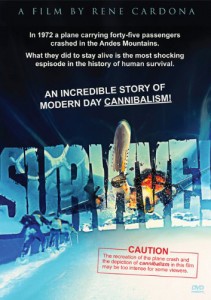
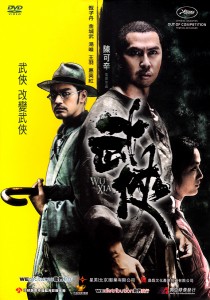
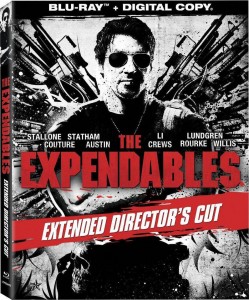
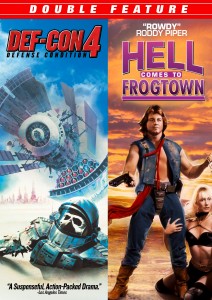
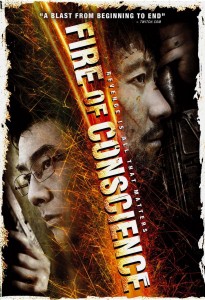
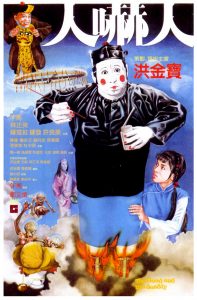


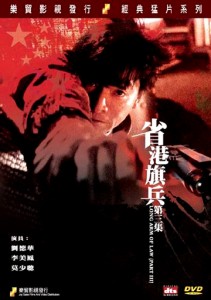
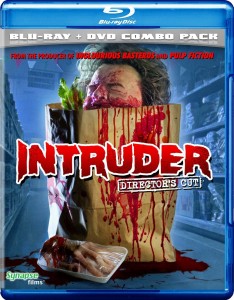

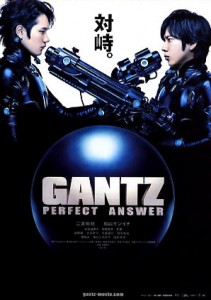
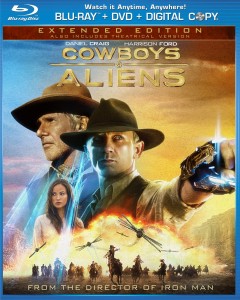



Be the 1st to Comment